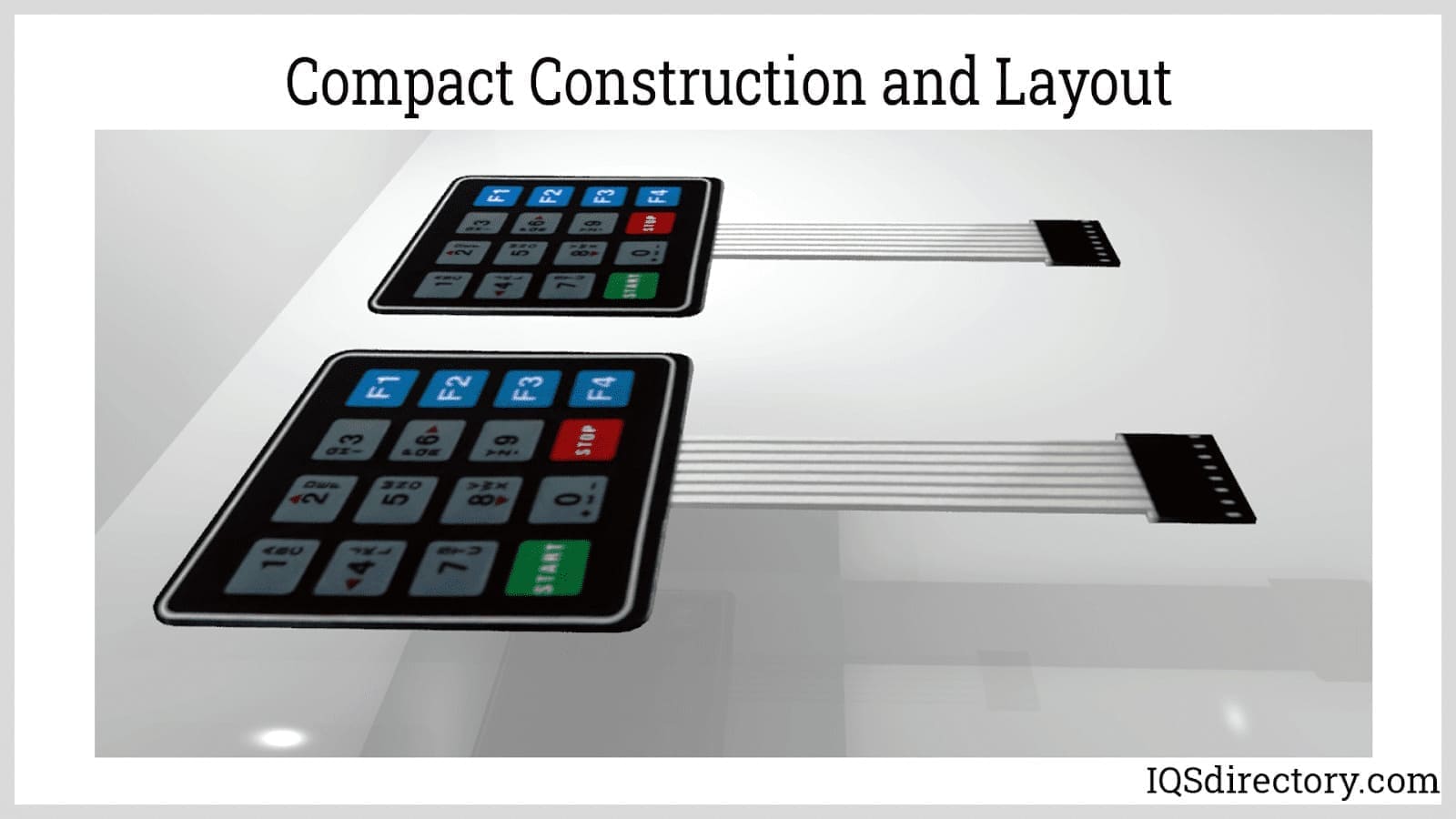How to Make Sure Long Life and Dependability with a High-Quality Membrane Switch
How to Make Sure Long Life and Dependability with a High-Quality Membrane Switch
Blog Article
Recognizing the Capability of Membrane Layer Switches Over for Interface Instruments
The functionality of membrane layer switches stands for a considerable improvement in customer interface style, integrating efficiency with aesthetic versatility. As markets progressively focus on customer experience, understanding the subtleties of membrane switch innovation comes to be important.
What Are Membrane Layer Switches?
Membrane layer buttons are cutting-edge interface tools that help with individual communication with digital devices. These flexible components are composed of multiple layers, consisting of a graphic overlay, spacer, and a printed circuit layer. The style enables a smooth integration into numerous electronic gadgets, improving both the aesthetic and practical elements of user interfaces.
Membrane layer switches are commonly used in a vast array of applications, from house devices to industrial equipment and clinical devices. Their construction usually features a thin profile, making them an excellent selection for compact styles. The responsive comments offered by these switches can be engineered to meet details individual choices, making sure efficient interaction between the user and the device.
Sturdiness is another significant benefit of membrane layer buttons, as they are resistant to dirt, wetness, and chemicals, which enhances their life expectancy in requiring settings. Furthermore, these switches can be personalized in terms of form, size, and graphic style, enabling branding and user-specific functions. Generally, membrane layer switches over represent a practical remedy for boosting user experience in digital tools, combining capability with visual allure in an effective fashion.
How Membrane Switches Over Work
Operating on a simple principle, membrane switches utilize a layered building and construction to sign up individual input effectively. Each button is composed of several layers, including a printed circuit layer, a spacer layer, and a leading visuals layer, which are designed to interact seamlessly. When a customer presses the top layer, it compresses the spacer layer, bringing the conductive elements of the circuit layer into call with each other.
This call develops a closed circuit, signaling the tool to perform a certain function. The design enables for different configurations, including tactile comments, which can enhance the customer experience by offering a physical sensation upon activation. The materials used in membrane switches commonly include versatile substratums, such as polyester or polycarbonate, which make sure resilience and resilience against deterioration.

Trick Advantages of Membrane Layer Switches

Another considerable benefit is their compactness. Membrane switches are slim and light-weight, which makes it possible for suppliers to save space in their gadgets without giving up performance. This function is particularly advantageous in applications where weight and volume are crucial factors to consider.
Furthermore, membrane layer switches are immune to dust, moisture, and chemicals, boosting their durability. This navigate to this website durability prolongs their lifespan and minimizes the need for constant replacements, causing expense financial savings gradually.
Additionally, the tactile responses given by membrane layer buttons can be enhanced to enhance user interaction. They can include attributes such as raised buttons or audible clicks, enhancing functionality and individual experience.
Applications Throughout Industries
Interface gadgets utilizing membrane layer switches are prevalent in a wide array of industries, showcasing their flexibility and capability. Membrane Switch. In the clinical field, membrane layer switches are integral to tools such as diagnostic equipment and client surveillance systems, where their toughness and ease of cleaning are critical for preserving hygiene requirements. In the auto industry, these switches are used in dashboard controls and infotainment systems, supplying a sleek and contemporary user interface for customers.
Moreover, the consumer electronics industry click for source benefits from membrane switches in devices and portable gadgets, where small layout and straightforward interfaces improve individual experience. Industrial applications likewise utilize membrane layer switches for control board in equipment and automation systems, highlighting their toughness and resistance to severe atmospheres.
In the aerospace and protection industries, membrane layer buttons are used in cockpit controls and tools, where integrity and performance under severe problems are critical. Additionally, the video gaming industry progressively includes membrane layer buttons in controllers and arcade devices, adding to an engaging individual experience. Overall, the convenience of membrane layer changes enables their widespread usage throughout various industries, highlighting their significance in modern-day user interface design.
Future Fads in Membrane Layer Change Modern Technology

Furthermore, the use of advanced products, such as polycarbonate and polyester movies, is anticipated to climb, giving enhanced longevity and resistance to environmental stressors. These products add to the total long life of membrane buttons, making them ideal for harsher industrial applications.
Furthermore, the unification of wise innovation, including IoT connection, will certainly enable membrane layer switches to connect with other devices and systems, assisting in a more interactive individual experience. This discover this fad lines up with the growing need for smart gadgets across different industries, from healthcare to customer electronics.
Lastly, modification options are prepared for to increase, allowing makers to create bespoke options customized to details customer needs and choices. These developments will certainly place membrane switches as vital parts in the evolution of user interface modern technology.
Final Thought
In conclusion, membrane layer switches represent an essential advancement in individual interface innovation, offering a trustworthy and flexible remedy for varied digital applications. As innovations in product science and touch noticing technologies proceed, the capability and applicability of membrane buttons are anticipated to broaden, enhancing their relevance in modern-day electronic gadgets.
Report this page